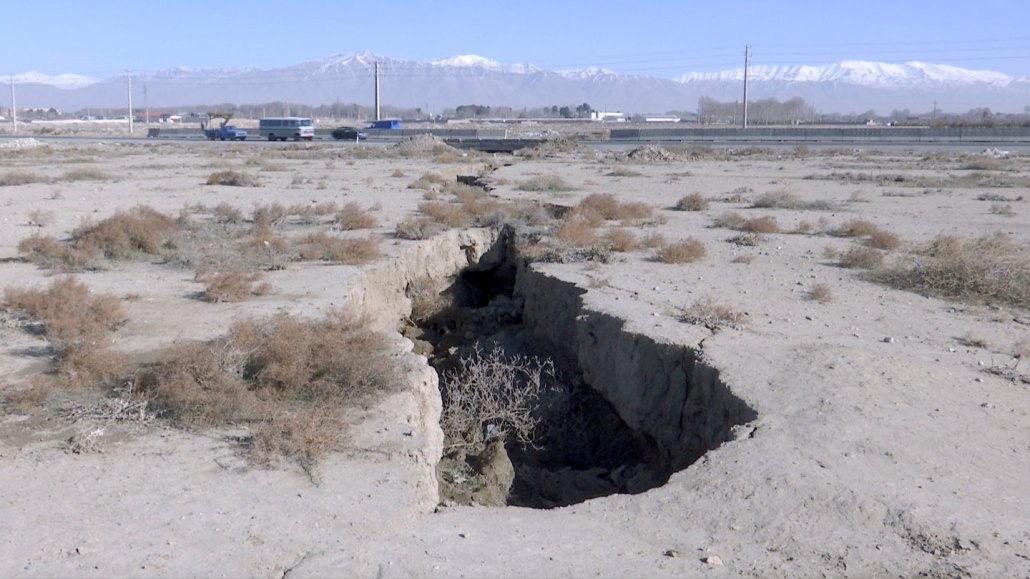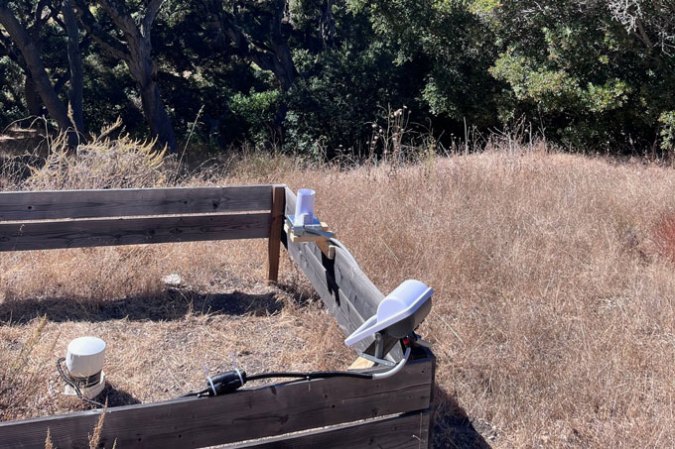
Decades of drought as well as excessive water pumping in parched Iran is causing the land to sink in many parts of the country, such as in Malard (shown in 2019), just west of Tehran.
AP Photo
The world’s precious stash of subterranean freshwater is shrinking — and in nearly a third of aquifers, that loss has been speeding up in the last couple of decades, researchers report in the Jan. 25 Nature.
A one-two punch of unsustainable groundwater withdrawals and changing climate has been causing global water levels to fall on average, leading to water shortages, slumping land surfaces and seawater intrusion into aquifers. The new study suggests that groundwater decline has accelerated in many places since 2000, but also suggests that these losses can be reversible with better water management.
It’s the first effort to synthesize global-scale groundwater data collected on site, rather than assessed by satellite. Previous studies have quantified the scope of global groundwater loss by analyzing data collected by a pair of NASA satellites known as GRACE (SN: 6/18/15). But while satellites can scan the entire globe, some of the nuance of water loss — and recovery — in regional aquifers can be hard to detect from space, the researchers say.
To assess how groundwater is changing in aquifers, hydrologist Scott Jasechko of the University of California, Santa Barbara and colleagues analyzed water level data collected since 1980 in about 170,000 monitoring wells around the globe. Those wells offer glimpses into the state of almost 1,700 of the world’s largest aquifer systems.
Using the well data, the team identified where groundwater loss was most quickly accelerating. In 12 percent of the aquifers the team studied, water levels are now dropping by more than half a meter per year. And in 36 percent of the aquifer systems, the water level is dropping by a tenth of a meter per year. The fastest declines were detected in some of the world’s most arid regions, including central Chile, Iran and the western United States.

But there are signs of hope, the researchers say. In some areas, groundwater levels have begun to climb in the last two decades, even after shrinking at the end of the 20th century. Those recoveries are probably due to changes in regional water management. Groundwater losses from an aquifer in Thailand’s Bangkok basin, for example, reversed this century thanks to regulatory measures that include charging fees on groundwater pumping and licensing wells. The Abbas-e Sharghi basin of Iran, meanwhile, is now recovering after water was diverted to the basin from a large dam in the west of the country.
These reversals suggest that “long-term groundwater losses are neither universal nor inevitable,” the team says.
The results are also important for understanding discrepancies between GRACE data and local observations of groundwater levels, which have long been a thorn in the side of water management, says environmental scientist Li Xu, who was not involved in the study. Studies like this can be a big help in identifying where and why those discrepancies occur, he says, and “will definitely contribute to creating a global baseline for sustainable groundwater management.”
By identifying hot spots that need the most urgent attention, this work also helps highlight which parts of the world are most at risk of involuntary human migration due to water shortages, says Xu, of the University of Saskatchewan’s Global Institute for Water Security in Saskatoon, Canada. “Water is the key trigger for human migration or displacement worldwide, and those populations in low- and middle-income countries and in dry regions are most vulnerable.” Identifying those regions most at risk could lead to timely policy interventions, he says, “especially cross-border [aquifers] that could further increase the risk of armed conflicts.”






